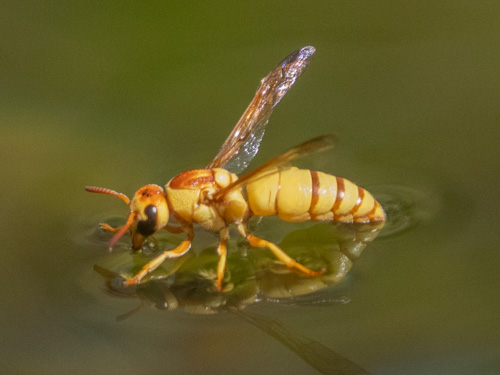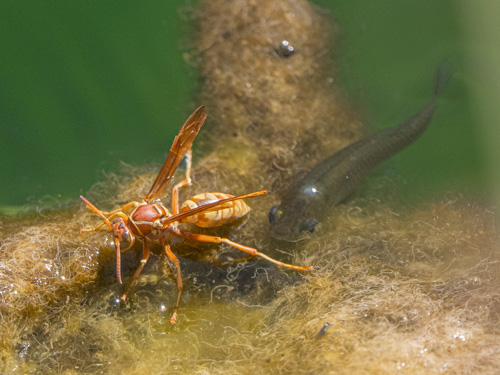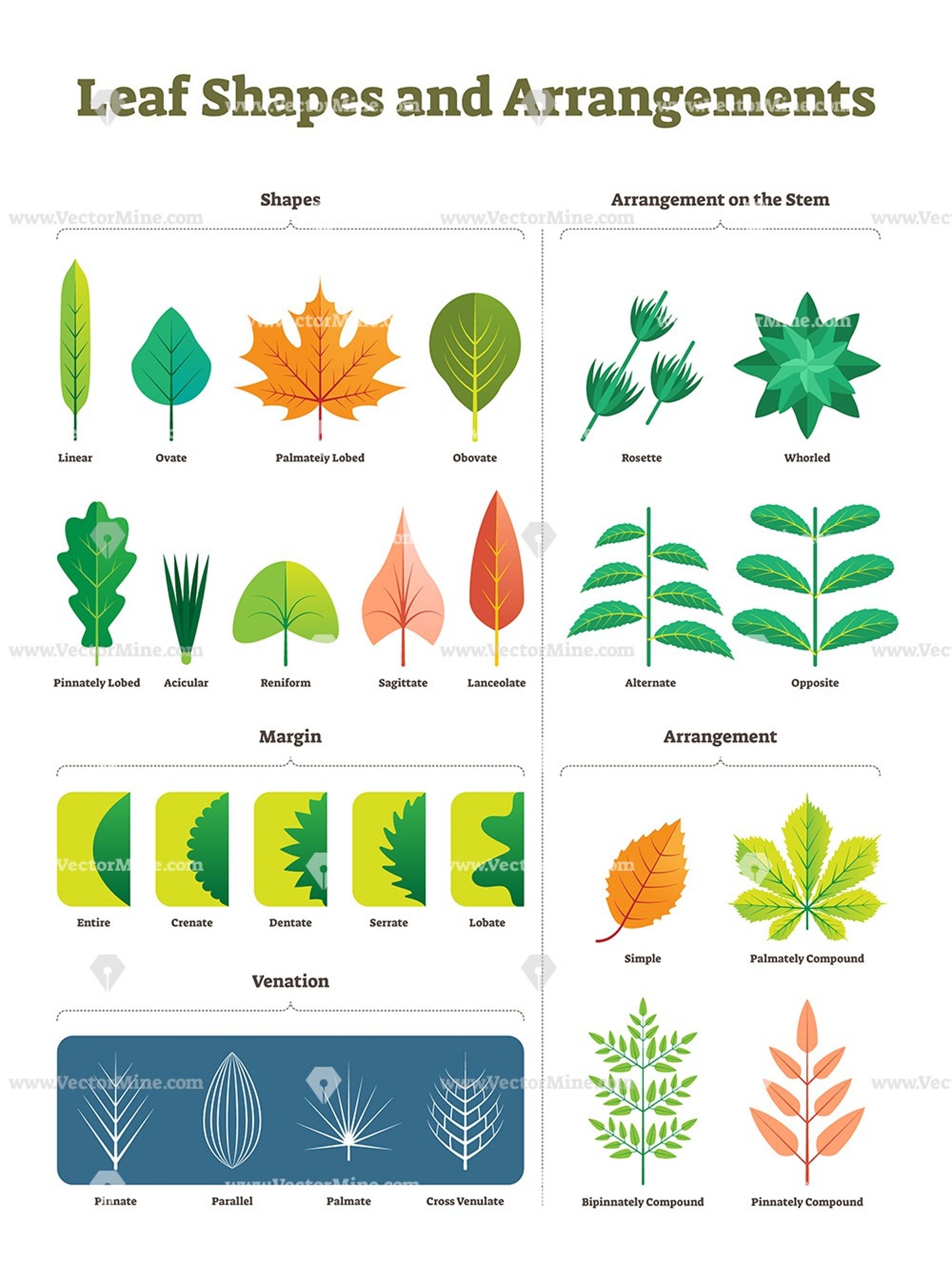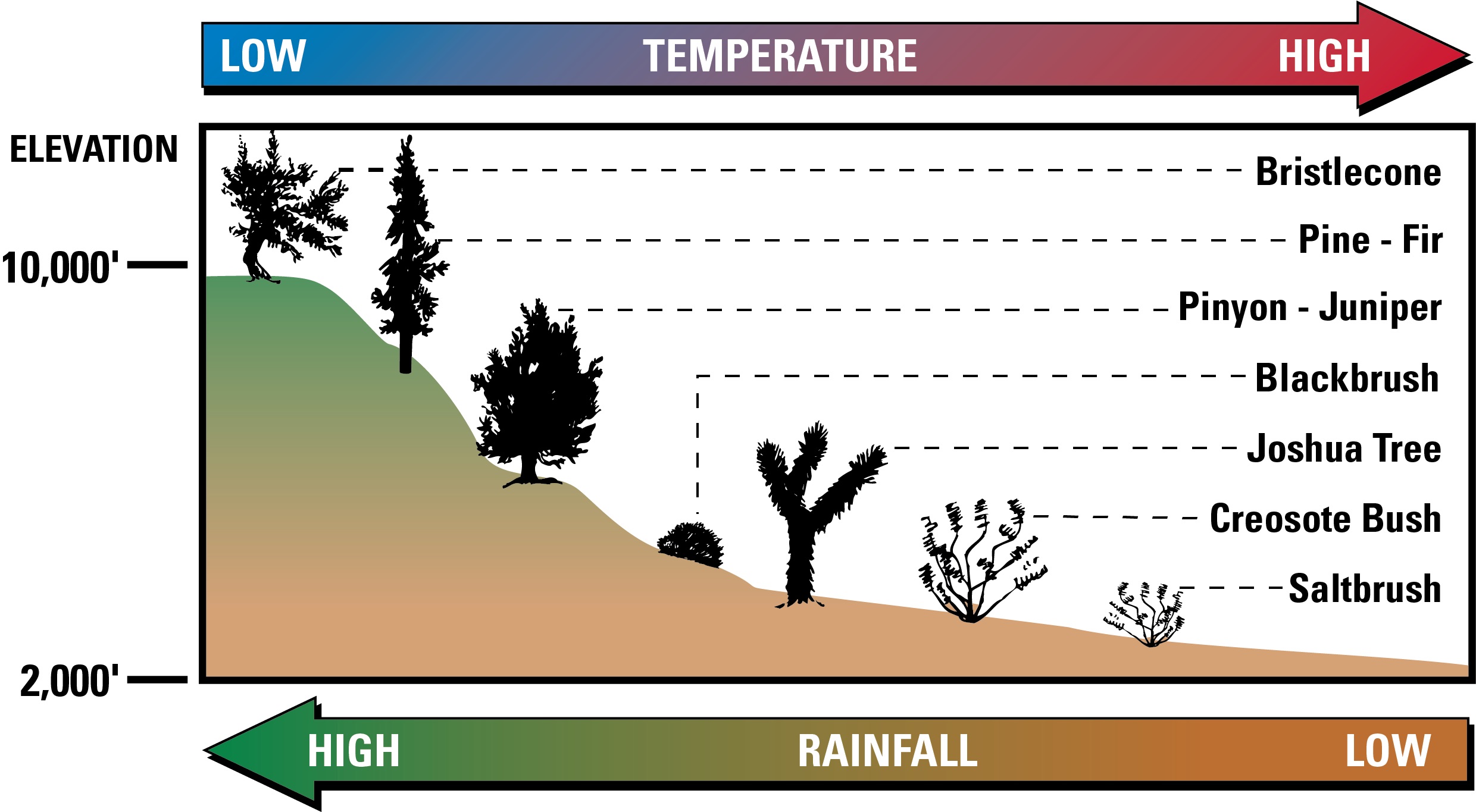Polistes aurifer
Golden Paper Wasp
Introduction:
The species has different inter-grading color patterns depending on geography. Northern specimens are often mostly black, with ample yellow markings but with the ferruginous (rusty red) color being very restricted. In populations from the southwestern USA forms with an almost completely yellow metasoma are more common. In some southern US and northwestern Mexican populations the ferruginous color predominates, with the black colour severely restricted. It has been confused with extremely xanthic (lighter colored, less black) specimens of P. apachus. It has also been confused with P. fuscatus. Adults of either sex can be distinguished from this species by the characteristic of having a ferruginous dorsal surface of the first, and sometimes the following, flagellomeres (tips of the antenna). The wings are a more yellowish color in P. aurifer.
Life Cycle: Each social wasp colony includes a queen and a number of female workers with varying degrees of sterility relative to the queen. In temperate social species, colonies usually last only one year, dying at the onset of winter. New queens and males (drones) are produced towards the end of the summer, and after mating, the queens hibernate over winter in cracks or other sheltered locations. Females make small paper nests from chewed plant material, stuff nest cells with living, immobilized soft-bodied insects such as caterpillars for their larva to consume as they grow and develop.
Size 0.5-0.87 inch (1.6-2.2 cm)
Sexual Dimorphism: false
Metamorphosis: complete (egg, larva, pupa, adult)




